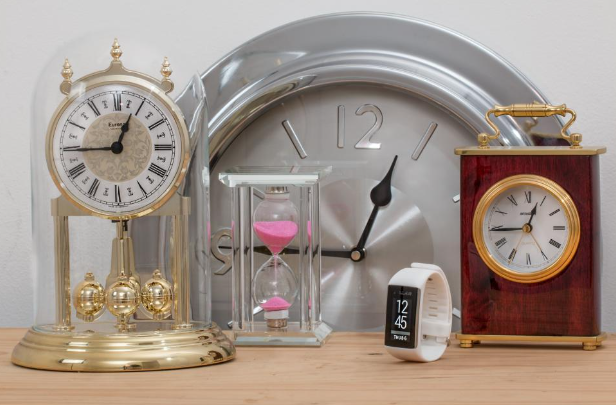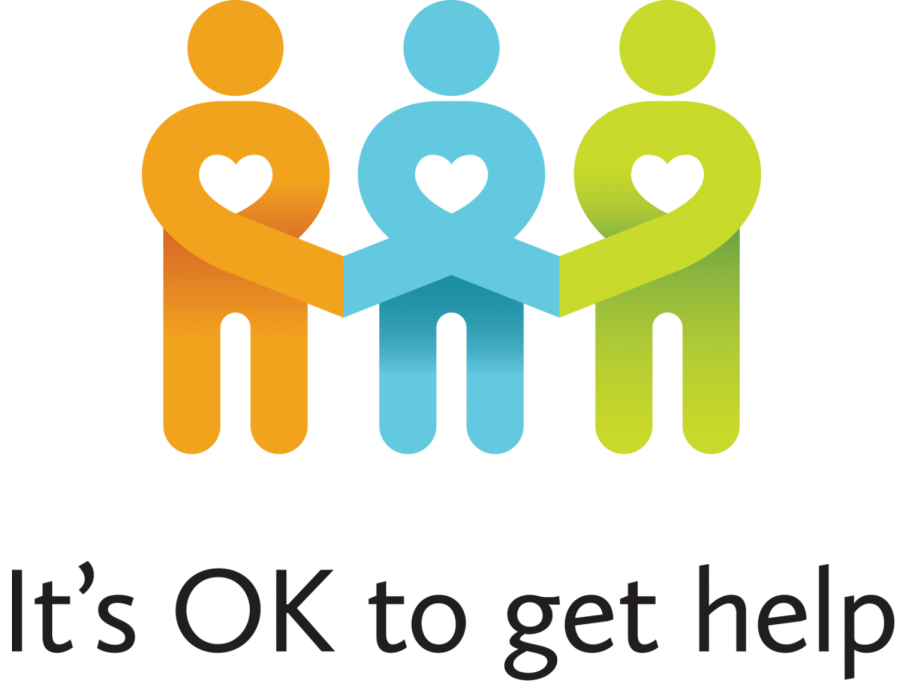Social media promotes body positivity through campaigns, yet doesn’t stop people from comparing themselves to photoshopped images and unrealistic beauty standards. During our lifespan, our self-esteem is usually high during childhood and adulthood, but it drops during adolescence. Teenage years are significant in a person’s lifetime, with rapid physical and emotional changes. During this period, teens face pressure from their peers and social media influences, making self-esteem a crucial part of themselves and their overall well-being.
Factors
For teenagers, self-esteem is shaped by many factors, such as personal goals and societal standards. Starting with social media influence, playing a huge part in how teens view themselves. It can create self-doubt over images that are photographed and unrealistic. Peer relationships also play a big part in a teen’s self-esteem. This often happens when teens feel like they need validation and acceptance to feel included. Poor peer relationships also play a part in how low or high your self-esteem is. Mentally, academic performance can also make teens have self-doubt. Failure can lead to teens thinking they’re dumb and everyone else who got success looks smart. The truth is that academic performance is only one aspect of a teen’s identity they overthink. Physically, body image and puberty trigger insecurities that drag down self-esteem, along with the unrealistic expectations shown on social media. It’s hard to promote a healthy body image and self-acceptance in teens.
Building higher self-esteem
There are many ways you can improve if you have low self-esteem. Starting with encouraging your self-expression, like exploring your passions and new hobbies no matter what they are. It can help you feel like you have accomplished something and may help you begin to identify yourself. Another thing that can help improve yourself is having an open safe space or group of people to communicate with. For example, having a supportive environment in which you feel comfortable with expressing feelings and thoughts. Talking with someone that teens trust can encourage teens to address their concerns or challenges they are facing. Creating realistic goals is another way to build your confidence. It’s a good way to feel like you have something on your to-do list to achieve and it will motivate you. Helping teens reach their goals and achieve success should be celebrated, no matter how small their achievements are. It creates a boost of motivation and empowers them to overcome challenges. Making a teen’s failure an opportunity and lesson rather than a mistake out of stupidity is a key component of a healthy self-esteem that will allow them to recover from the challenges they had. Lastly, and most importantly, being a positive role model for themselves will boost a teen’s self-esteem. Showing positive self-talk through their actions and attitude will show improvement. Instead of talking bad about themselves, seeing the good qualities will motivate them.
Teen self-esteem is an ongoing process that requires patience, understanding, and engagement to get to where they want to be. By creating a positive self-image, encouraging self-expression, and having support from peers and loved ones, teens will feel empowered. Empowered to get through challenges of confidence, resilience, and realizing they are worth something. This will prepare teens for the adult world. We can all contribute by being kind to the world no matter what and realizing that everyone is beautiful and should love themselves.









































































































































